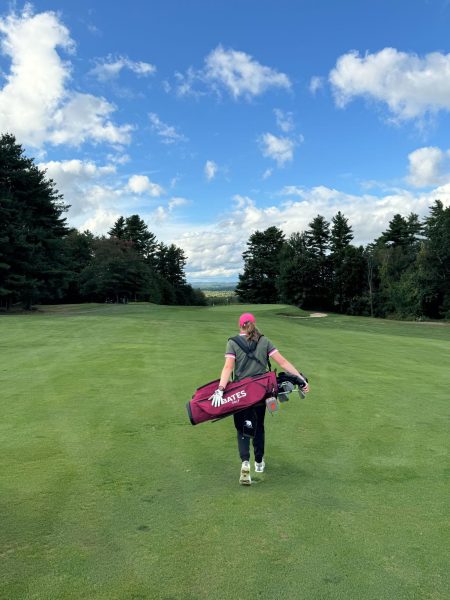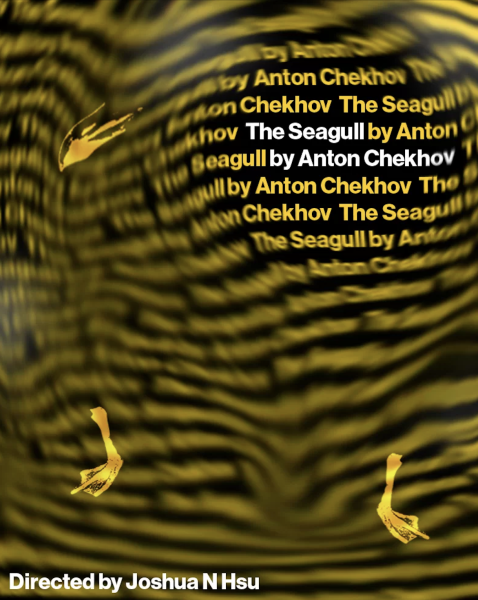Art Across Distances: Making and Sharing Art In A Global Pandemic
While industries across the board are getting hit by the coronavirus pandemic, arts institutions and artists are perhaps amongst those hit the hardest. Theaters, concert halls, museums, and galleries have closed and canceled events to stay in accordance with social distancing guidelines. Movie release dates have been postponed, and TV production is in chaos: Some shows currently airing cannot finish filming their seasons; pilot season, where new TV pilots are shot, is grinding to a halt; and series airing in the 2020-2021 season have been forced to delay filming, which often starts in the early summer. While restaurants and stores can find ways to stay open as “essential,” the arts do not have this luxury.
Bates artists, too, have been affected. Applied Music students are typically required to attend three concerts, and participate in a jury, where a panel evaluates their work, or recital, as part of their final grade. Both have been cancelled, alongside all the scheduled concerts that would have featured both Bates students and outside artists. Theater and dance students typically have showings at the end of the semester, and five shows were cancelled: the Robinson Players’ Student-Written One-Acts, which would have featured plays by five student playwrights; Ali Greene ’20’s The Gap, in completion of her thesis/capstone; the Spring Dance Concert, which would have featured student choreographic work, some of it in support of theses; the Robinson Players’ Short Term musical; and the Variety Show organized by Dance Club, a student dance showcase during Short Term.
Greene and some of the student choreographers were able to organize small showings of their works-in-progress before departing campus. Similarly, the Independent Studies in Directing students, Deon Custard ’21 and Patrick Reilly ’21, were able to open as scheduled on March 13, but were unable to complete their run.
“Typically, with a directing thesis, we are graded on our project with 40% of our grade based on the process/performance and 60% based on the written portion. With this new Capstone idea, we changed the grading to 80% process/performance and 20% written portion. Not having the last two weeks of rehearsals and the performances really changes how I will be evaluated and also what I will write about,” said Greene, who had been looking forward to her thesis performance since sophomore year.
Greene continued, “With any performance, a director must sit and watch their ‘failures’ play out on stage. In this situation, I cannot just sit with these moments. So I have put my focus on the written portion. Rather than change things in rehearsal, I am writing about how I would have changed them, or how I think I’d want to change them. There are some questions I have yet to find answers to. These are questions I would have explored with the magnificent actors and stage manager I was working with. I now must think about these questions alone. While I miss the energy from the rehearsal room, I am learning who I am as a director outside of [it]. How do I problem solve on my own? How do I articulate and defend my decisions when a performance is not there to do all the work for me?”
It is not just the performing arts majors, however, who have lost out on opportunities to showcase their work for the Bates community. English majors who elect a creative thesis often showcase their work at the Mount David Summit, which was scheduled for April 3. Meanwhile, studio art majors typically have their work exhibited in the Bates Art Museum during Short Term. However some studio art majors like Mayele Alognon ’20 are no longer able to finish their work due to lack of resources available.
“All year, I’d been so excited for the thesis exhibition and getting to share my work with the community at large, so this move to remote learning was incredibly disappointing. I know that all my fellow studio art majors put so much thought and time into our thesis work and it’s so unfortunate that we won’t be able to share it how we were envisioning it,” shared Alognon, whose thesis was supposed to include both paintings and an accompanying animation. “I’d finished my paintings before having to move off campus, but now I’m unable to finish my animation because [of] lack of equipment and software.”
Across the country, arts institutions and artists are finding ways to continue to share their work and uplift others. Companies ranging from London’s National Theater to the Alvin Ailey American Dance Theater to the American Shakespeare Center have ways to stream collections of their work. The Social Distancing Festival is making a record of arts live streams from across the world. Musicians are performing living room concerts on social media, in addition to concerts streaming online. Google Arts and Culture allows you to explore museums, galleries, and cultural landmarks from your home. Netflix, in addition to its formidable movie and TV collections, boasts a huge variety of stand-up comedy specials, as does Comedy Central and Dry Bar Comedy. If you want to support your Bates artists, tune into Virtual VCS on Thursdays at 9 PM EST.
While not quite the same as seeing a performance or piece live, in these anxious times, many of us are turning to art for comfort: whether it’s discovering new artists to listen to, binging Netflix, or finally finding time to read that book that’s been collecting dust on your nightstand. Art continues to be our way to connect to each other across distances, just as it always has been and will continue to be.
If you are able to and would like to donate to an arts organization so they can continue to hold future events and/or support freelance artists, the Social Distancing Festival has also compiled a list of organizations, which can be found at https://www.socialdistancingfestival.com/donate.
Your donation will support the student journalists of Bates College and help us cover our annual website hosting costs.






